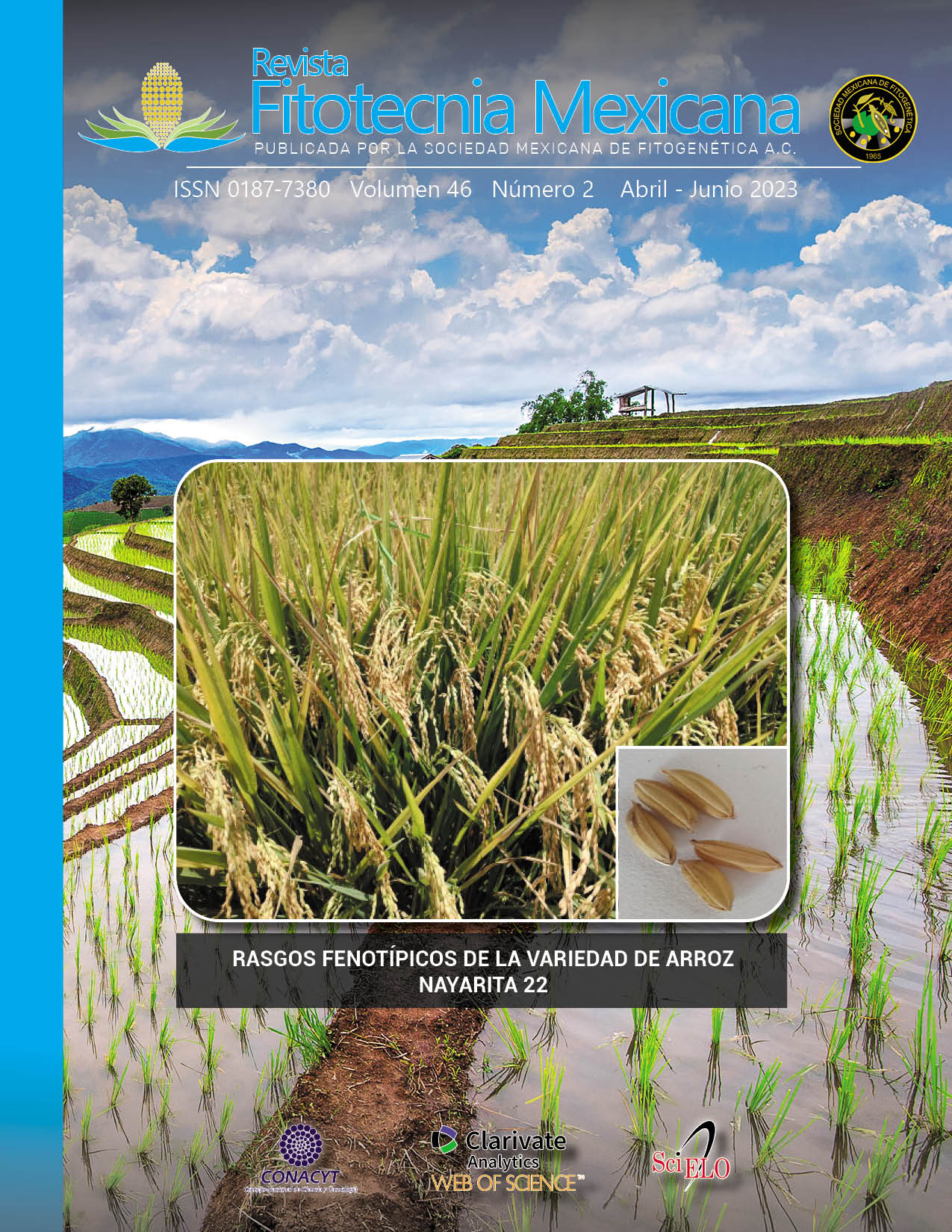BIOFERTILIZERS AND ORGANIC-MINERAL SUBSTRATES IN HABANERO PEEPER CROP
Main Article Content
Abstract
Biofertilizers solubilize P, and even produce plant growth regulators; organic-mineral substrates provide adequate moisture, aeration and nutrition; thus, the combination of both factors can be a sustainable option to increase production of habanero pepper (Capsicum chinense Jacq.). The aim of this research was to evaluate the biofertilizers Purpureocillium lilacinum and Beauveria brongniartii in the pumice substrate, as well as in the mixtures of pumice + compost or pumice + rice husk on growth, foliar nutrient concentration, production and size of habanero pepper fruit. The experimental design used was completely randomized with factorial arrangement (two biofertilizers and three substrates). Plants inoculated with B. brongniartii obtained higher values in stem diameter, height, leaf area, root volume, aerial dry biomass and root dry biomass, as well as in the equatorial and longitudinal diameter of the fruit; however, with P. lilacinum both fruit production and foliar P concentration were 8 to 9 % higher. The plant growth, concentration of N and K, and even the fruit size were of higher value in the pumice + compost substrate, relative to the plants developed in pumice, or pumice + rice husk; this substrate also increased fruit production by up to 13 %. It is concluded that by combining P. lilacinum with pumice + compost plant growth, production and fruit weight increased compared to the other treatments; therefore, this treatment was considered viable for the production of habanero pepper.

